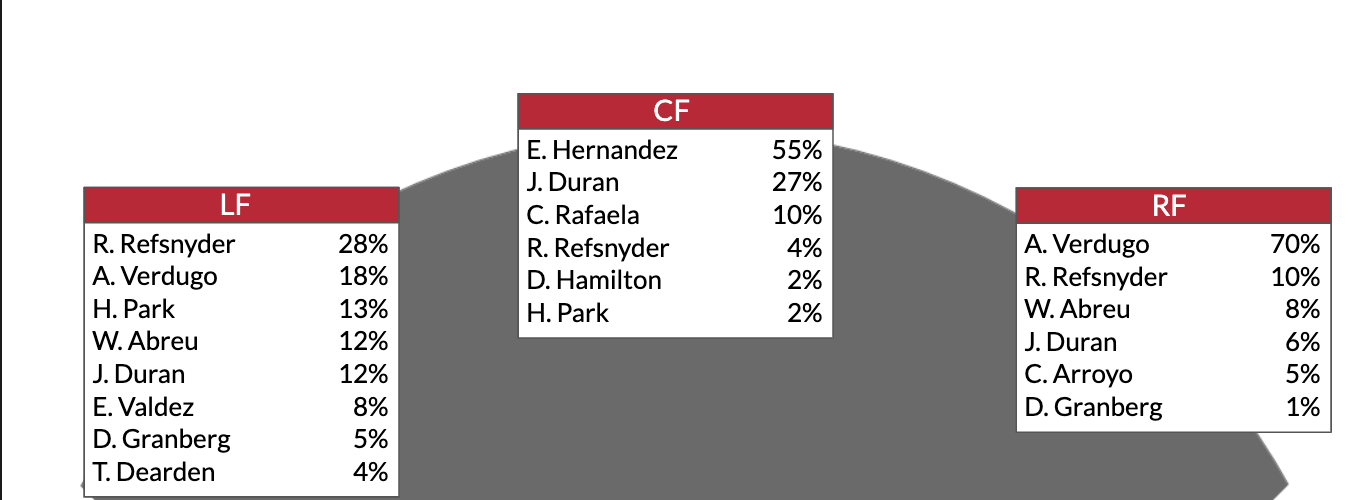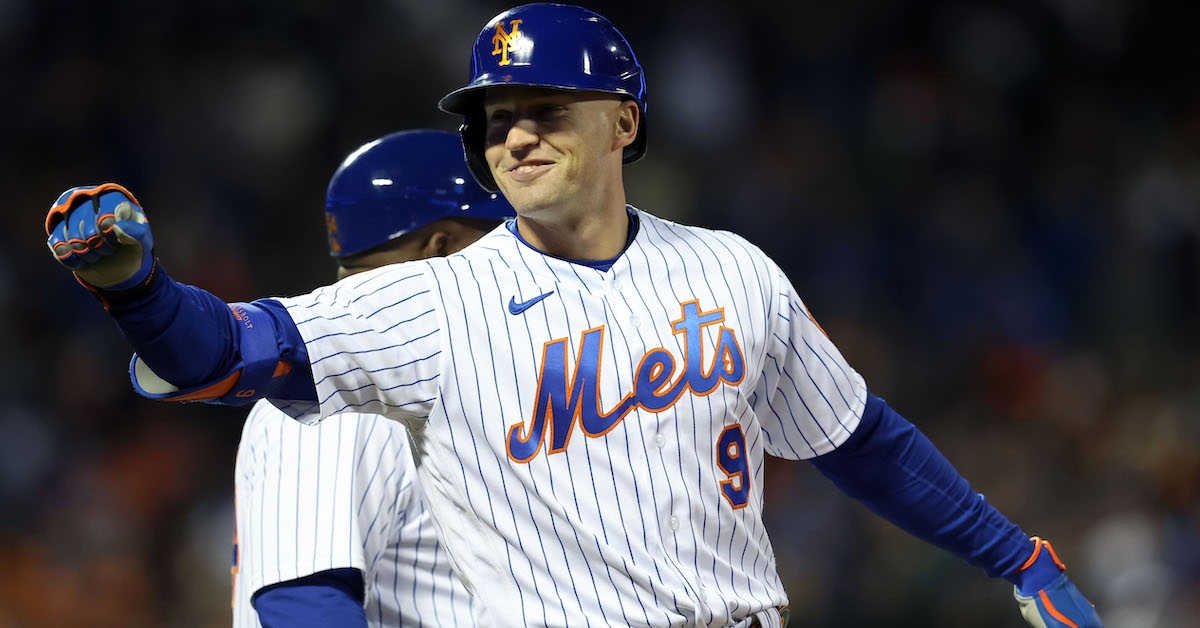Díaz Signing Provides Minimal Relief for A’s Fans

In the wake of a frenzied week at the Winter Meetings that saw teams ink five different players — Xander Bogaerts, Aaron Judge, Trea Turner, Justin Verlander, and Jacob deGrom — to contracts through their age-39 seasons, The Athletic’s Jayson Stark declared that it was “just like ‘old’ times.” All of these cornerstone stars will also receive at least $25 million annually through the duration of their deals. Meanwhile, last year, only the short-term pacts for Max Scherzer and Verlander fit both of these criteria; in the 2021 and ’20 offseasons, no contracts did. All of this while one big domino, Carlos Correa, has yet to fall.
This offseason’s free agent class is a special one, following multiple remarkable feats including Judge’s historic home run total and deGrom and Verlander’s dominant returns from serious arm injuries. But the sheer amount of money and years included in the contracts doled out thus far is also due, at least in part, to the open minds (and wallets) of team owners.
And just like the “old” times, the Steinbrennerian behavior of the Mets’ Steven Cohen and the Padres’ Peter Seidler, who both took over their respective teams heading into the 2021 offseason, has left other teams with smaller markets and/or more miserly owners in the dust. Only this time, the Oakland Athletics haven’t unearthed anything akin to their early-2000s Moneyball tactics, which by now have been adopted by all of the big market teams, in order to close the gap. Unless there’s something about Jace Peterson and Aledmys Díaz we don’t know, that is. Read the rest of this entry »







